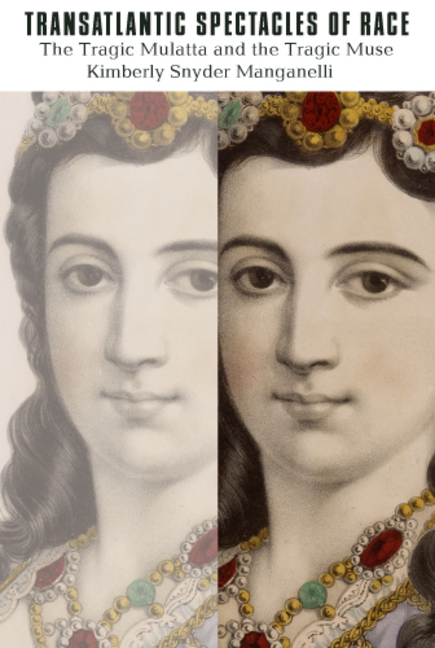White Skin, White Masks: The Creole Woman and the Narrative of Racial Passing in Martinique and LouisianaPosted in Caribbean/Latin America, Dissertations, Literary/Artistic Criticism, Louisiana, Media Archive, Passing, United Kingdom, Women on 2011-07-07 21:33Z by Steven |
University of North Carolina, Chapel Hill
2006
83 pages
Michael James Rulon
A thesis submitted to the faculty of the University of North Carolina at Chapel Hill in partial fulfillment of the requirements for the degree of Master of Arts in the Curriculum of Comparative Literature
Through an examination of two Creole passing subjects from literary passing narratives of the twentieth century, this thesis simultaneously treats two problems that have been largely overlooked by contemporary scholarship: the role of the Creole racial identity in the genre of the passing narrative, as well as the possibility of racial passing within the context of a Creole society. In Walter White’s 1926 novel, Flight, and Mayotte Capécia’s 1950 novel, La négresse blanche, the protagonists’ difficulties in negotiating a stable racial identity reveal the inherent weakness of the racial binary that is essential to the very notion of racial passing, and they also show that Creoleness has failed to establish itself as a stable racial identity in the societies represented in both novels.
Table of Contents
- 1. Pawòl Douvan/Some Opening Words
- 2. Nwè, Blan èk Kréyòl/Black, White, and Creole
- 3. Mimi èk Isaure/Mimi and Isaur
- 4. Pasé pou Blan, Pasé pou Nwè/Passing for White, Passing for Black
- 5. Ovwè tè kréyòl/Goodbye, Creole Land
- 6. Conclusion: Èk alòs… /And so
- WORKS CITED
Read the entire dissertation here.
